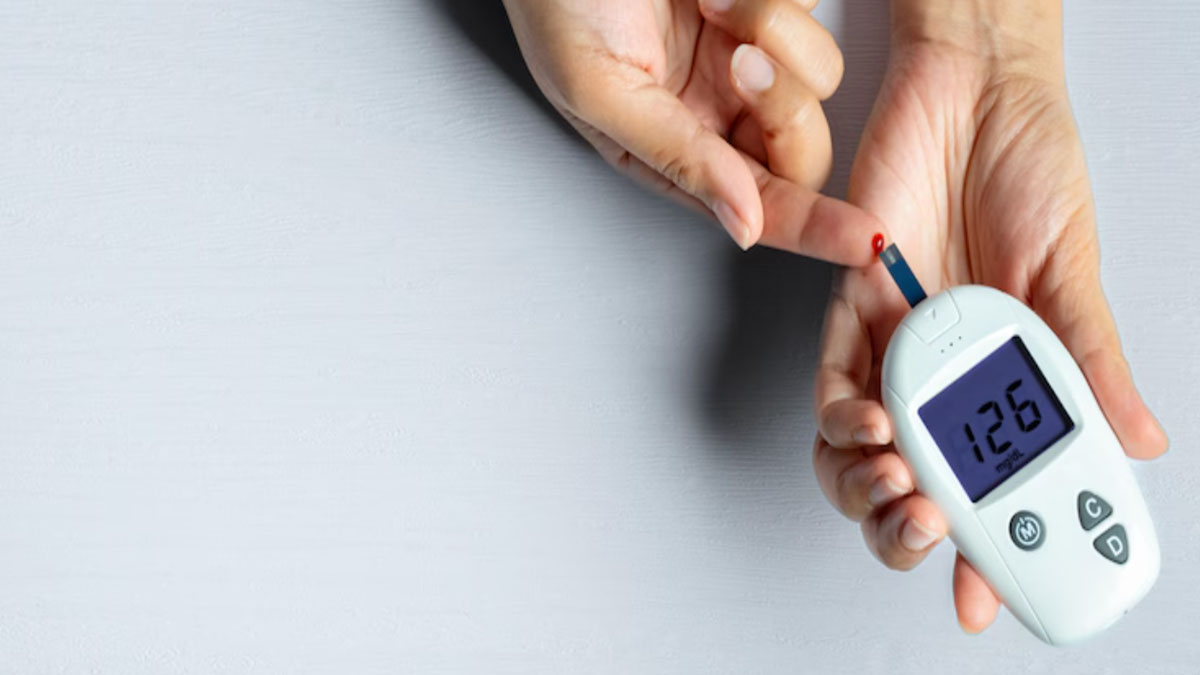
Recent advancements in medical science have opened new avenues for treating chronic diseases. A group of Chinese scientists has reportedly cured a 25-year-old woman with type 1 diabetes through a groundbreaking cell transplant procedure. This case, claimed to be the first of its kind globally, marks a significant milestone in diabetes treatment and may offer hope for millions living with this chronic condition.
Understanding Type 1 Diabetes
Type 1 diabetes is a chronic condition where the pancreas produces little or no insulin, a hormone essential for regulating blood sugar levels. This condition typically develops in children and young adults and requires lifelong management through insulin injections or pumps. Current treatments primarily focus on managing blood sugar levels rather than curing the disease.
The Breakthrough Procedure
According to a report by the Shanghai-based news outlet, The Paper, the woman had been living with type 1 diabetes for over a decade. After undergoing a minimally invasive surgery, she achieved the remarkable ability to naturally regulate her blood sugar levels. The procedure, lasting just half an hour, was performed by a research team from Tianjin First Central Hospital and Peking University.
Key Details of the Procedure
- Surgery Duration: The transplant procedure took only 30 minutes.
- Patient Background: The woman had previously undergone two liver transplants and one unsuccessful pancreatic islet cell transplant.
- Surgical Technique: The researchers opted for a simplified surgical method, transplanting cells into the abdominal muscles instead of the liver. This approach minimizes inflammation risks associated with traditional islet transplants.
Mechanism of the Treatment
The innovative treatment involved the use of chemically induced pluripotent stem-cell-derived islets (CiPSC islets). Here’s how the process works:
- Collection of Cells: The researchers collected adipose tissue cells from the patient.
- Reprogramming Cells: Using small molecules, they reprogrammed these cells into pluripotent stem cells capable of developing into any cell type.
- Transformation into Islet Cells: These pluripotent stem cells were then transformed into islet cells, which produce insulin and glucagon, the hormones crucial for blood sugar regulation.
- Transplantation: The newly created islet cells were transplanted back into the patient’s body, leading to no immune rejection since the cells originated from her own body.
Results and Impact
The outcome of the CiPSC islet transplant has been promising. Following the procedure, the patient’s fasting blood glucose levels gradually normalized, and her reliance on external insulin steadily decreased. Notably:
- Complete Insulin Independence: The patient completely stopped needing insulin injections 75 days after the transplant.
- Sustained Improvement: Over a year later, her blood sugar levels remained stable, with more than 98% of her readings within the target range.
- Reduction of Severe Hypoglycemia: The patient previously experienced significant swings in blood sugar levels and severe hypoglycemic episodes, which have since diminished.
Clinical Significance
The clinical data from this pioneering case has met all study endpoints, showing no signs of transplant-related abnormalities. This outcome is particularly encouraging, suggesting that CiPSC islet transplants could serve as a viable treatment option for individuals with type 1 diabetes. The researchers highlighted the necessity for further clinical studies to assess the long-term effects and effectiveness of this innovative treatment approach.
Future Directions
The successful treatment of this patient opens doors for more research in the field of diabetes therapy. With the increasing prevalence of type 1 diabetes worldwide, exploring stem cell therapy and islet transplantation could significantly alter the landscape of diabetes treatment.
Potential Advantages of CiPSC Islet Transplant
- Reduced Need for Donors: This method eliminates the dependency on deceased donors for islet cells.
- Personalized Treatment: Since the cells are derived from the patient’s own tissues, there is a lower risk of immune rejection.
- Minimally Invasive Procedure: The technique’s simplicity and reduced recovery time make it more accessible to patients.
Conclusion
The remarkable success of the first known case of type 1 diabetes reversal through CiPSC islet transplantation represents a significant leap forward in diabetes treatment. As research continues and more cases are studied, this innovative therapy could provide a life-changing option for those affected by this challenging condition. The future of diabetes management looks hopeful as scientists explore new frontiers in cell therapy.
References
- The Paper. (2024). “Chinese Scientists Reverse Type 1 Diabetes with Cell Transplant.”
- South China Morning Post. (2024). “Breakthrough Cell Transplant Surgery Cures Type 1 Diabetes Patient.”
- Cell Journal. (2024). “CiPSC Islet Transplantation: A New Era in Type 1 Diabetes Treatment.”
Editor’s Note: This article is a reprint. It was originally published here: Health News
